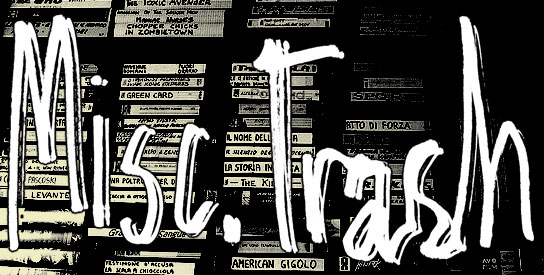 I never understood the whole Juggalo thing. I’m Scottish, from Glasgow to be exact. And let me tell you, if you ever set foot around those streets looking like either one of the Insane Clown Posse you’d be likely to get stabbed. However, once I moved to England and started frequenting rock clubs in my teens I was suddenly exposed to all kinds of folks listening to what I can only call hip hop for clowns.
I never understood the whole Juggalo thing. I’m Scottish, from Glasgow to be exact. And let me tell you, if you ever set foot around those streets looking like either one of the Insane Clown Posse you’d be likely to get stabbed. However, once I moved to England and started frequenting rock clubs in my teens I was suddenly exposed to all kinds of folks listening to what I can only call hip hop for clowns.
I pretty much forgot they ever existed until a friend of mine directed me towards two movies that they made, challenging me to watch them back to back. I looked them up, picked myself up a couple of beers, switched off my phone and psyched myself up for an unforgettable cinematic experience.
BIG MONEY HUSTLAS & BIG MONEY RUSTLAS
USA, 2000/2010, John Cafiero/Paul Andersen
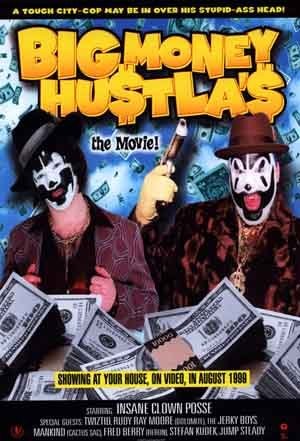
So I started with Big Money Hustlas (directed by John Cafiero), which focused mainly on urban social issues. A ruthless, money-obsessed crime lord Big Sweets (played by the dangerously named Violent J) is corrupting the streets of NYC with a combination of fake merchandise, shopping channels and pornography.
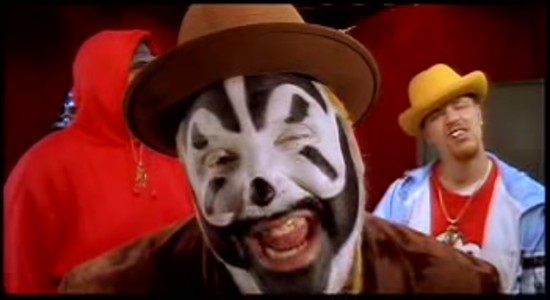
Unable to cope with the strain of widespread city corruption, the chief of police (Johnny Brennan of the Jerky Boys) brings in a super-cop from San Francisco to help clean things up. His name is Sugar Bear (played by Shaggy 2 Dope) and according to legend, he once swallowed a live grenade to save the lives of a bunch of refugees. He also likes to rhyme all of his lines, which could be good but it’s not because:
a) Shaggy 2 Dope ain’t no Dolomite.
b) His rhymes aren’t very good.
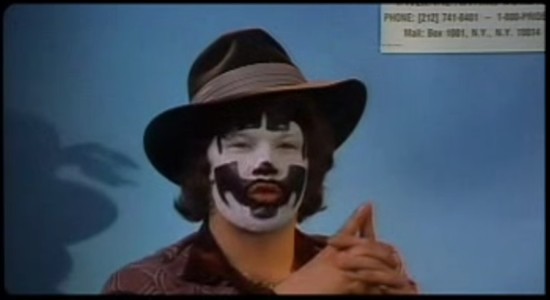
Sugar Bear is partnered up with the utterly useless Officer Harry Cox (Harland Williams), and together they set out to rid the streets of Big Sweets.
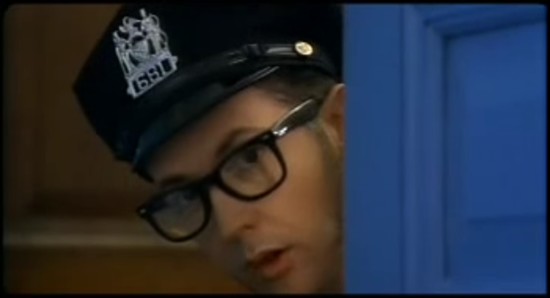
The plot plays out pretty much how you would expect, but originality isn’t really what this film is about. What follows is a series of loosely connected comedy sketches, held together with a dated, but not entirely unwelcome hip-hop soundtrack, reeking of nostalgia. I had to stop my head from nodding more than once.
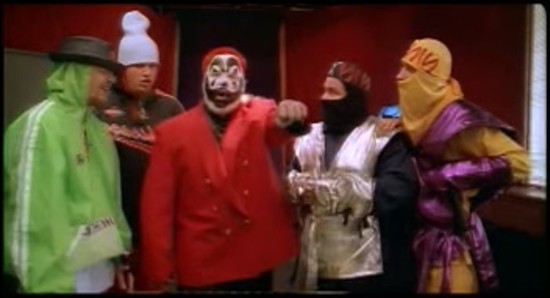
Now I’m no Blaxploitation expert, but I am a fan and I can tell that the creative minds behind this movie are too. So it’s such a shame that this movie feels so half-assed and lazy. The look is about right, utilizing its low budget with a knowing eye to the genre its parodying, but the dialogue is rubbish, especially considering the two main characters are rappers. It only made me eager to revisit my Rudy Ray Moore collection. Speaking of whom, Rudy actually makes an appearance in this movie, which almost makes the whole thing legitimate. Especially as he sums the entire facade up in two or three lines.
His screen time is fleeting but vital, delivering the best lines from his repertoire in his sleep (we never see his eyes from behind the sunglasses) Not only are his lines the best in the movie, but it also gives the film some relevance and shines a light on the history of the genre. It’s in this sense that the film succeeds best, but the filmmakers let themselves down by being obnoxious and cowardly with their material.
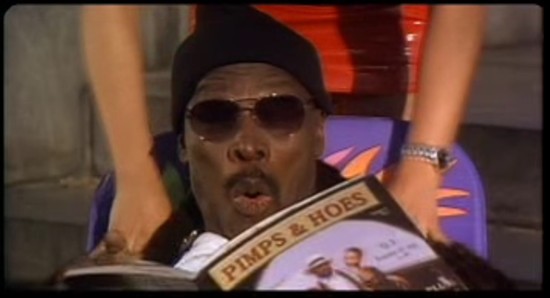
Where the classic films of the genre feature heavy doses of sex and violence, Big Money Hustlas is actually incredibly tame in comparison. In early classics like Dolomite (1975), or even Melvin Van Peeble’s amazing Sweet Sweetback’s Baadasssss Song (1971), no matter how much carnage was going on, the hero always found time for a crazed psychedelic sex scene with the villain’s wife. The closest we get that kind of action here is this:
Now, I ain’t saying I want to see Violent J or Shaggy 2 Dope getting their bump and grind on during a seriously sexy sex scene, but if I did, then Big Money Hustlas is where I’d expect to see it. It’s not just the lack of sex that lets this movie down, but the lack of violence too. What little violence there is cartoonish and goofy, and not in a good way. Although there is a head exploding scene which is always welcome.
I have to admit the one thing this movie really does nail is reveling in the grotesque. Pretty much every character is celebrated in one way or another for being vile either through their dialogue, their make-up, or simply their physical appearance. From a standalone viewpoint, not knowing anything about the band, this could actually be a reason to watch the movie. Its fixation on the grotesque isn’t quite up there with the average Troma movie, but it tries its best.
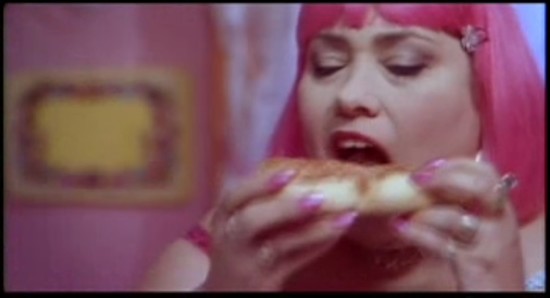
In a nutshell, I think Big Money Hustlas can be summarised with one word:
As I sat alone, three beers down and shadowed under a cloud of disappointment, I started the follow up, Big Money Rustlas (directed by Paul Andersen)…
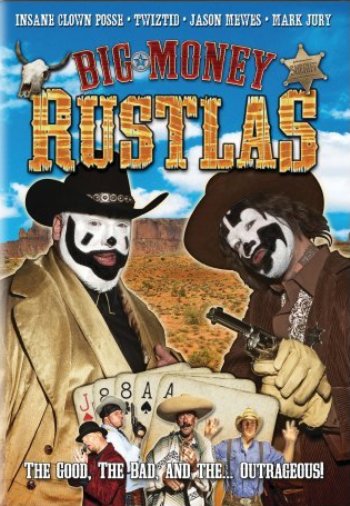
The first thing I noticed was how much better this thing looked. Upon checking this out, it turns out they were made ten years apart; the first movie being released in 2000 and this follow-up in 2010. I doubt there was much was much demand for this sequel, but if there was then that’s a hell of a long time to wait.
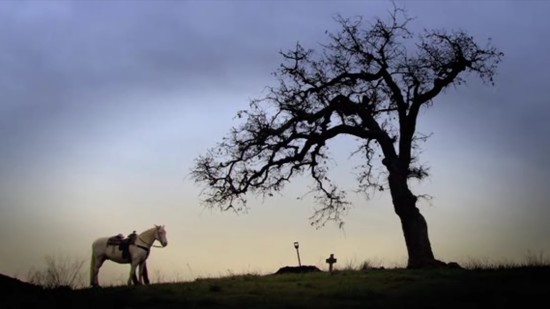
So what became clear within minutes of this movie starting is that, budget aside, this movie was going to be almost exactly the same as the first one, only as a western, which on paper sounds kinda good. From a Blaxploitation angle, you’d be forgiven for hoping this would be a rap homage to Fred Williamson’s 1975 movie, Boss Nigger (1975), but replacing the ever reliable Williamson with overweight white people in clown make-up, which sounds as ghastly as it does brilliant. Sadly, what we actually wind up with is less Blaxploitation; more Blazing Saddles – without the jokes. Yes, it’s that bad.
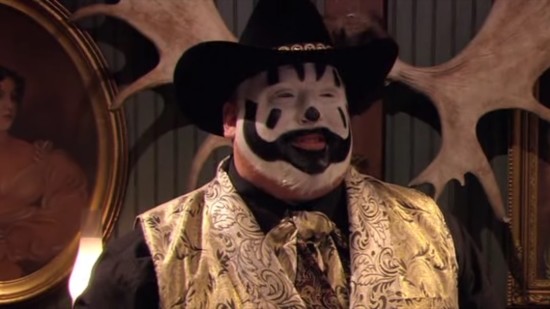
To go into the plot is kind of worthless, partly because it’s the same plot of the first movie but also because I’d just cracked open my fourth beer and frankly, I don’t remember exactly what was going on. I enjoyed the movie a little more than Hustlas though. I think that’s because the grimy, low budget Blaxploitation homage style had been dropped for something catered for a stoner audience. The plot is pretty disjointed, there are ridiculous dream/flashback sequences all over the place, and almost every character’s name is a bad pun. To top it off, Jay and Silent Bob’s very own Jason Mewes has a starring role. He is pretty much wasted in every single scene he’s in, but there is a scene where he pisses himself. Frankly, I just felt sorry for him.
<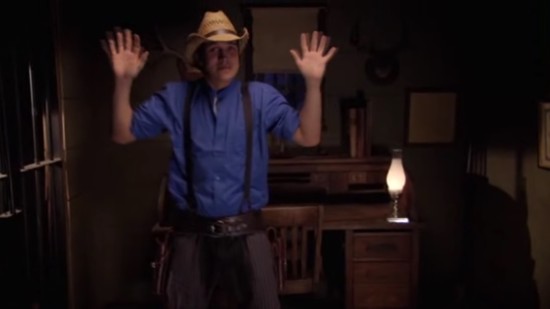
That’s not to say that this movie doesn’t have stuff going for it though. The focus on celebrating the grotesque, the undesirable and the ‘funny looking’ is still running strong and there are some visual gags involving dwarfs that I was ashamed to find myself laughing at.
There’s even an appearance by Bridget Powers as the main love interest. She’s involved in many of the film’s best scenes.
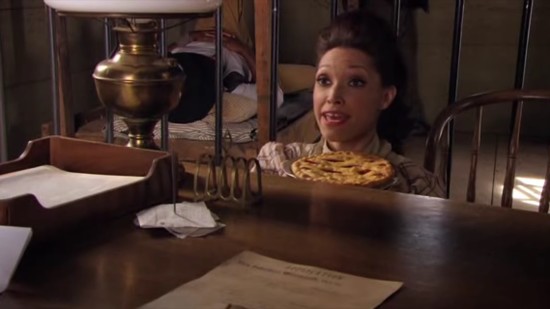
Almost all traces of any decent violence have been removed in comparison with the first movie, and aside from the odd bit of suggestion, there is next to no sexual content. I have to make it clear that I’m not overtly looking for this stuff, it’s just that for a film with such incredibly vile and sexually aggressive dialogue, there’s simply no visual context for any of it and the film just becomes obnoxious. All talk, no action. Eventually I wanted to jump into the movie and slap around every character for shouting out ‘bitch’ and ‘faggot’ over and over again. But then I was reaching the three hour mark by this point, and on my sixth beer so perhaps I was just being worn down.
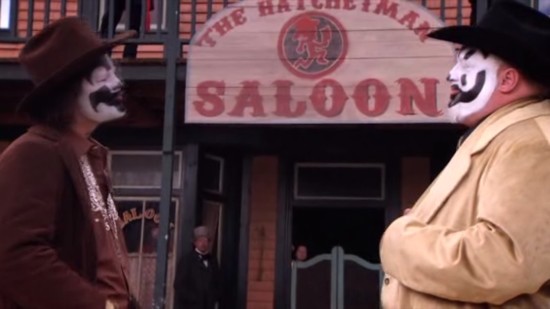
Looking back now, I understand that both movies were made for the fan-base of the band and without that understanding you’re likely to wind up picking a fight with your TV set like I did. But on further examination, I did find some credit for both films. Despite not having any artistic merit, or original ideas of their own, there is ultimately a clear identity being celebrated by the band and their fan-base. An obnoxious identity, but it’s a strong one and it lends the film an individuality that is sorely missing from most other hip-hop centric films.
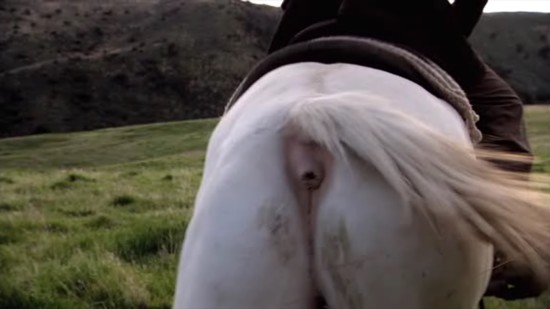
If you’re interested in challenging your sanity with the Big Money Double-Bill Challenge, you can find both movies on Amazon.





1 comment
audra says:
Mar 11, 2014
my sanity is already challenged, but maybe I should have my teenage son watch these for me. then I can laugh just knowing the hell I put him through after all he’s done to me.
(Big Money Hustlas full movie free on youtube;)
https://www.youtube.com/watch?v=Kr57tR3n2F8